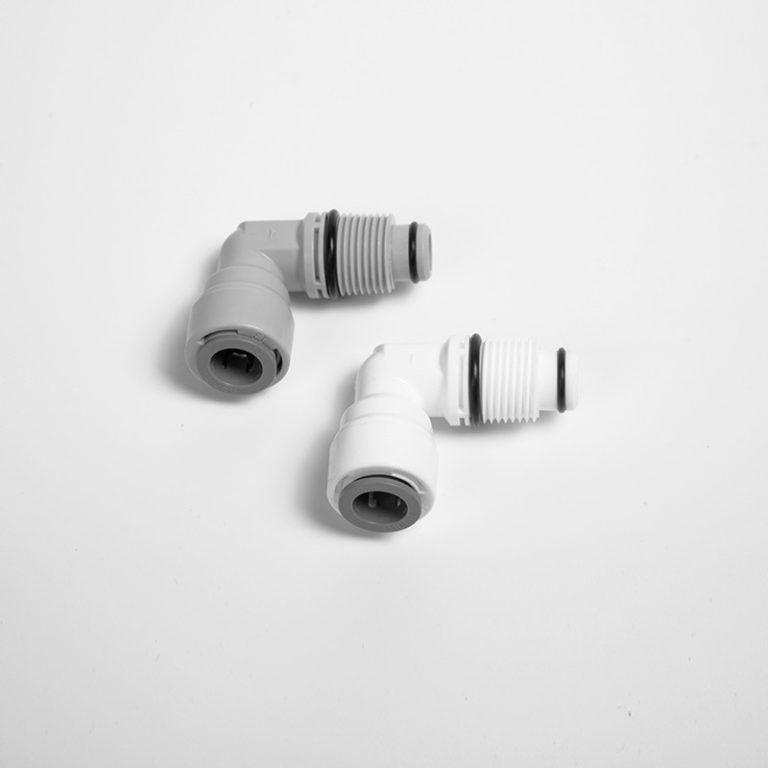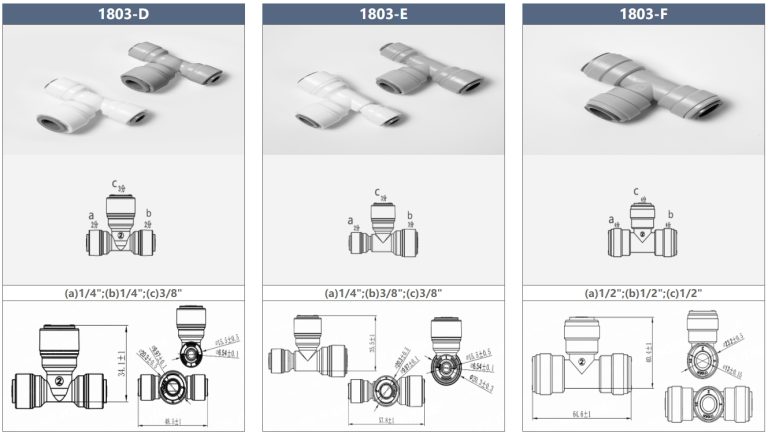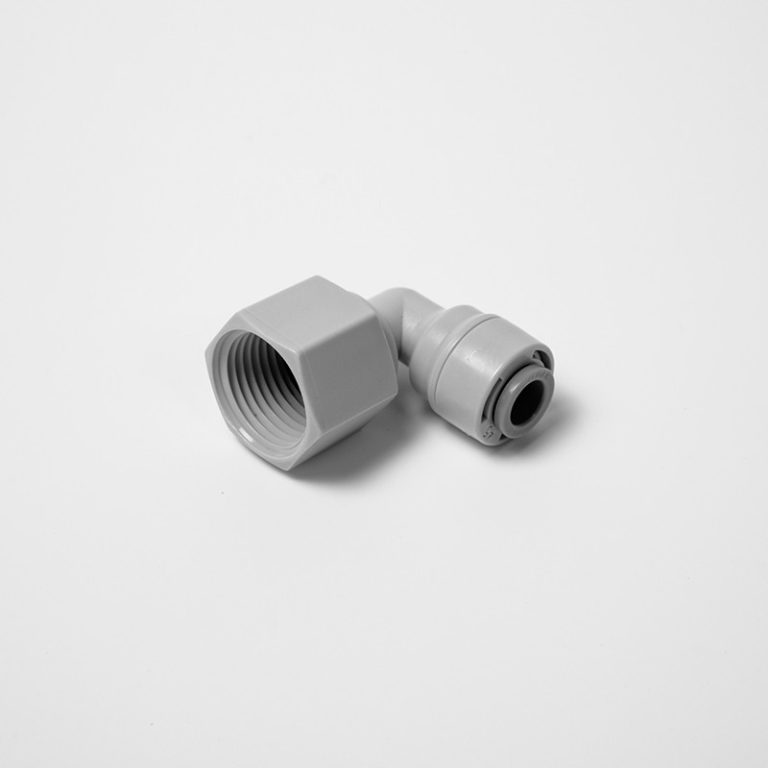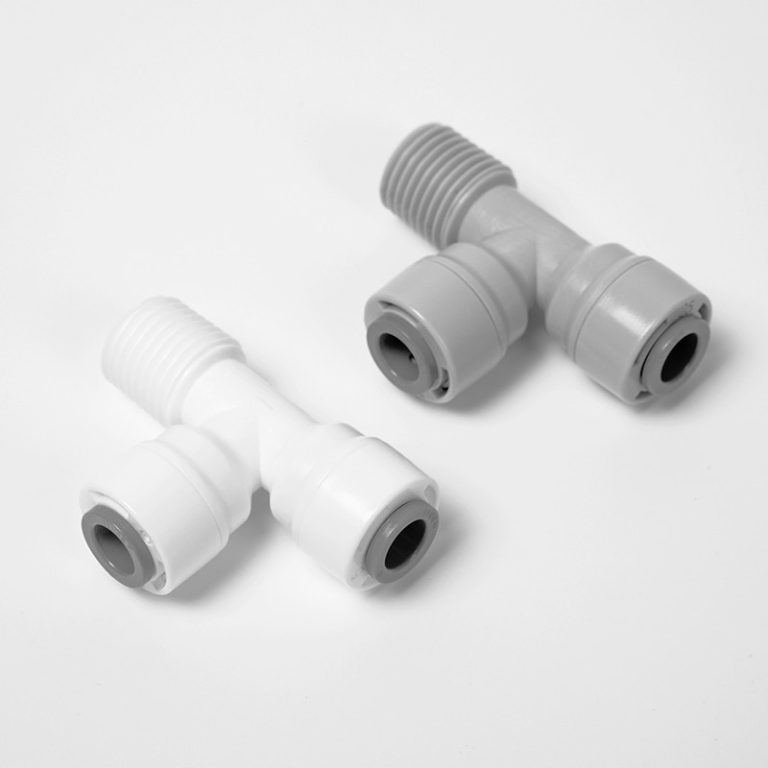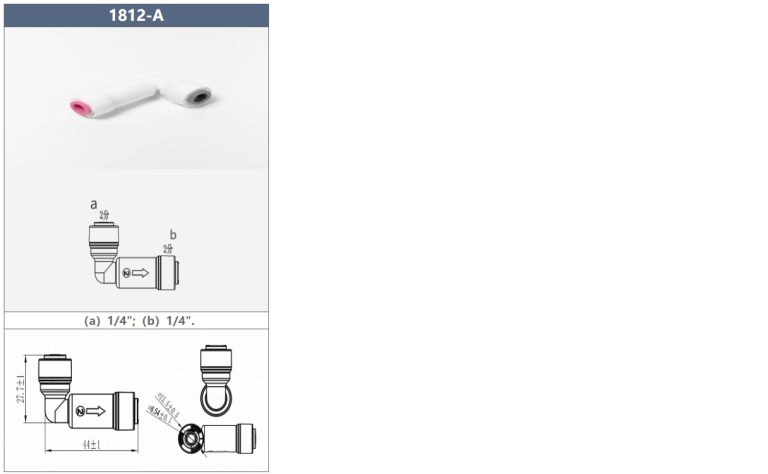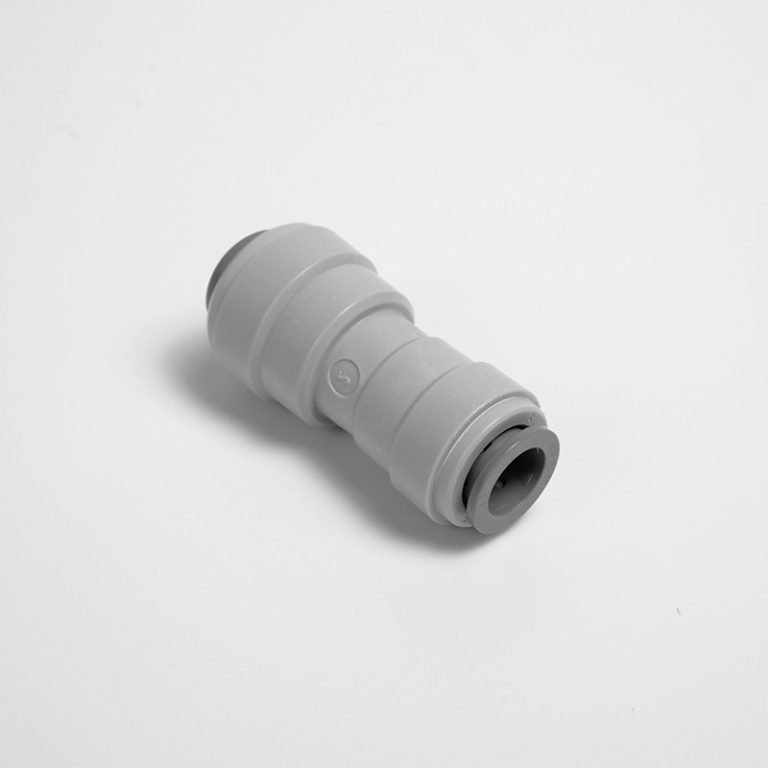Understanding the Mechanics of a hose connector
Hose connectors are essential components in any watering system, whether it be for a garden, lawn, or other outdoor space. These connectors play a crucial role in ensuring a seamless flow of water from the water source to the hose, allowing for efficient and effective watering. Understanding how a hose connector works can help you make the most of your watering system and ensure that it functions properly.
At its core, a hose connector is a device that connects two hoses or a hose to a water source. It is typically made of durable materials such as brass, aluminum, or plastic to withstand the pressure and wear and tear of regular use. The connector consists of two main parts: the male end and the female end. The male end is typically threaded and screws into the female end, creating a secure connection that prevents leaks and ensures a steady flow of water.

When connecting two hoses using a hose connector, the male end of one hose is inserted into the female end of the other hose. The threads on the male end are then twisted into the threads on the female end, creating a tight seal that prevents water from leaking out. This connection allows water to flow freely from one hose to the other, enabling you to extend the reach of your watering system without any interruptions.
In addition to connecting hoses, hose connectors can also be used to attach a hose to a water source, such as a faucet or spigot. The male end of the connector is screwed onto the water source, while the female end is attached to the hose. This connection allows water to flow from the source through the hose, providing you with a convenient way to water your plants, lawn, or garden.
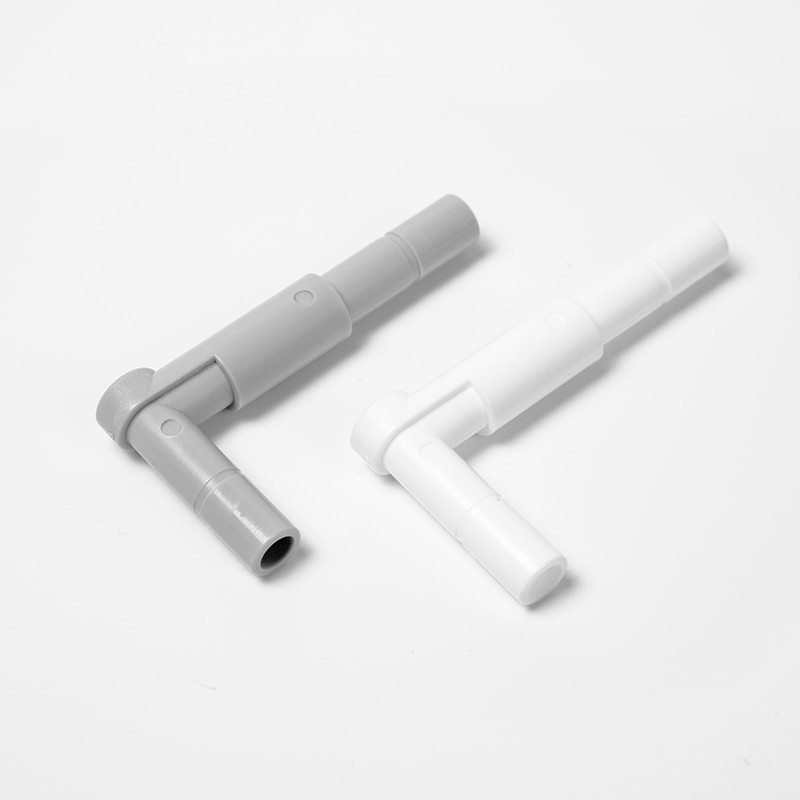
One of the key features of a hose connector is its ability to create a watertight seal. This seal is essential for preventing leaks and ensuring that water flows smoothly through the hose without any interruptions. The threads on the male and female ends of the connector are designed to interlock tightly, creating a secure connection that prevents water from escaping. This seal is especially important when using a hose connector to connect multiple hoses, as any leaks can result in a loss of water pressure and efficiency.
| Model | Tube(a) | Stem(b) |
|---|---|---|
| 1801-A | 1/4 | 1/4 |
| 1801-C | 1/4 | 3/11 |
Another important aspect of how a hose connector works is its versatility. Hose connectors come in a variety of sizes and styles to accommodate different types of hoses and water sources. Whether you are using a standard garden hose, a soaker hose, or a high-pressure hose, there is a connector available to suit your needs. Additionally, hose connectors can be used with a wide range of water sources, including faucets, spigots, and irrigation systems, making them a versatile and essential tool for any watering system.
| Model | Tube(a) | Stem(b) |
|---|---|---|
| 1801-A | 1/4 | 1/4 |
| 1801-C | 1/4 | 3/15 |
In conclusion, hose connectors are simple yet essential components in any watering system. By understanding how a hose connector works, you can ensure that your watering system functions properly and efficiently. Whether you are connecting hoses or attaching a hose to a water source, hose connectors play a crucial role in ensuring a steady flow of water without any leaks or interruptions. With their durable construction, watertight seals, and versatility, hose connectors are a must-have for any outdoor space that requires regular watering.

